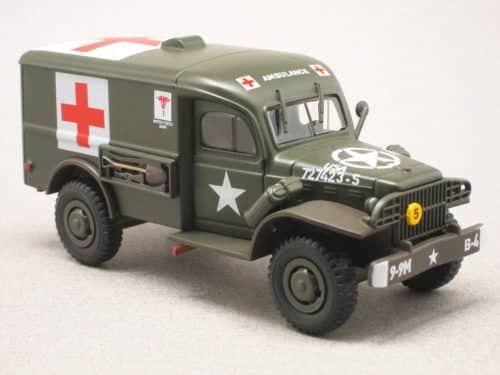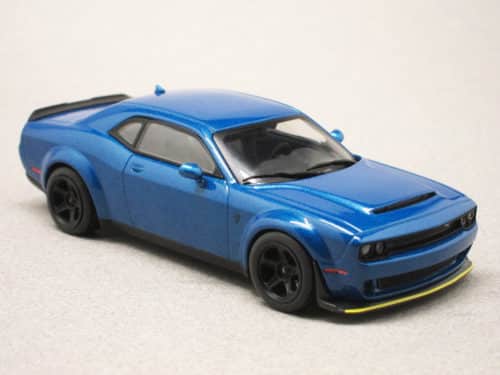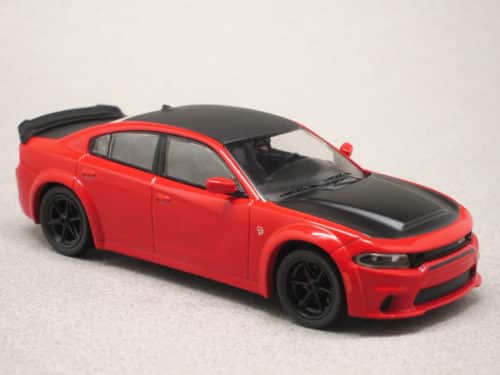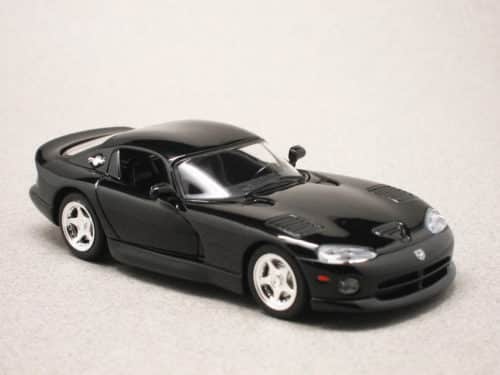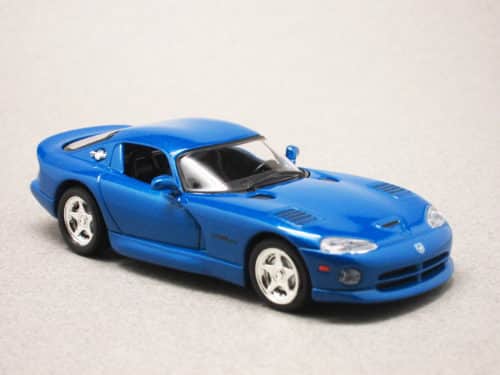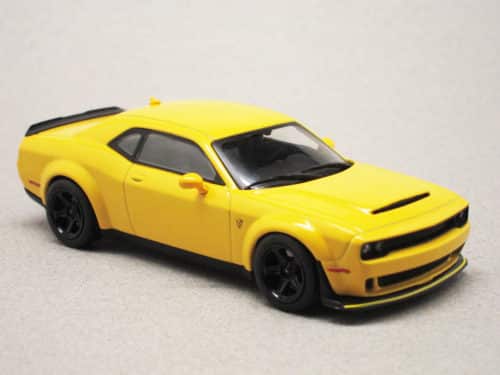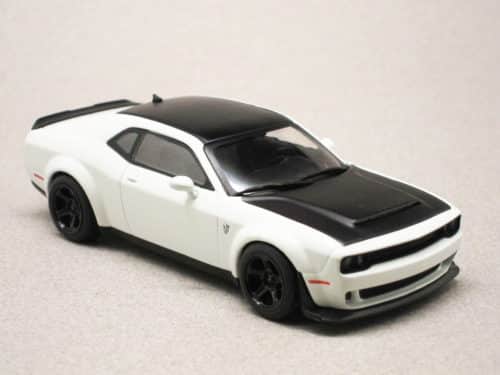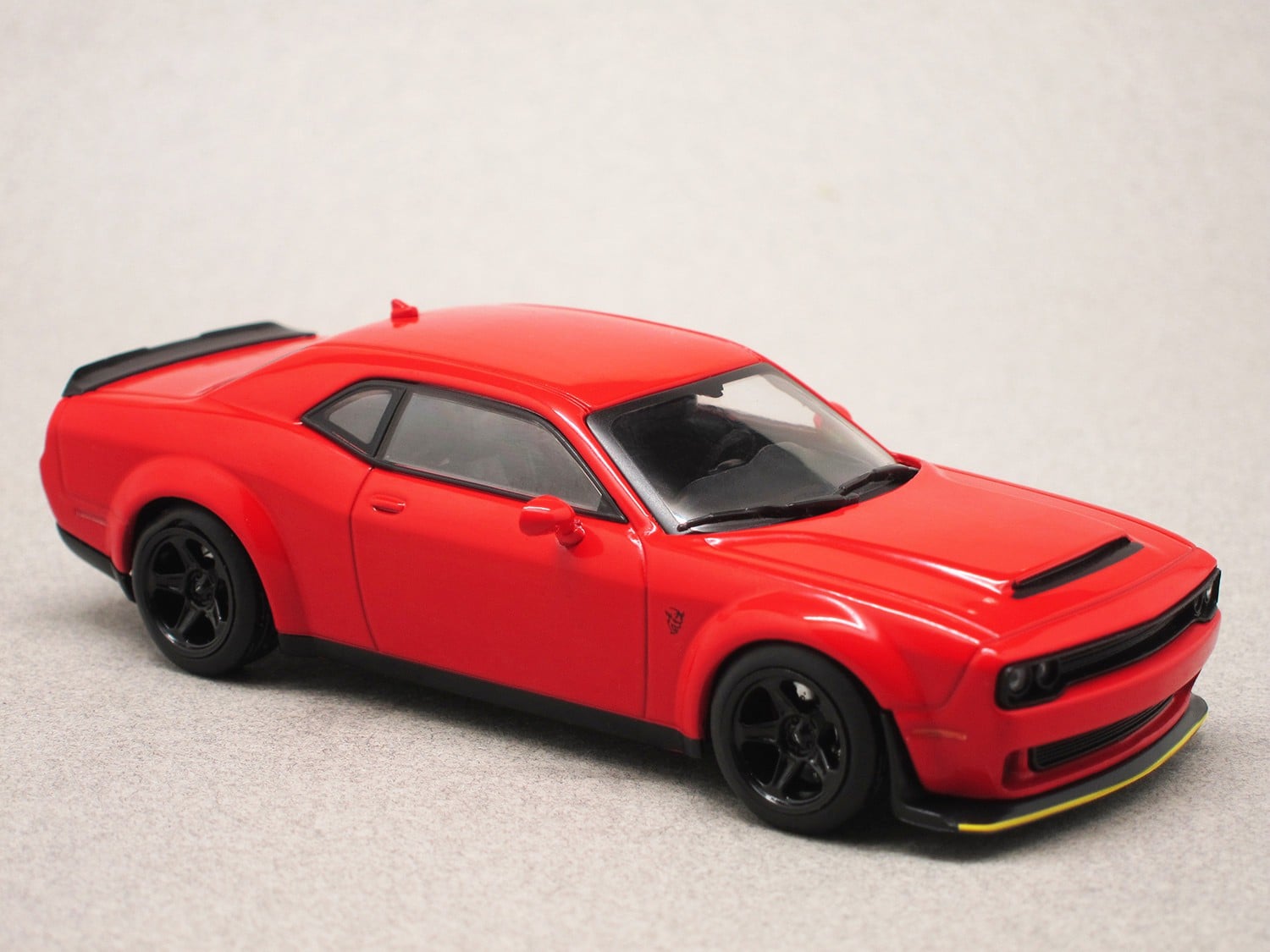Categories
- Uncategorized
- Brands
- Aspark
- Abarth
- AC
- ACMAT
- Acura
- Adler
- AEC
- Aero
- Aero Flite
- Aerocar
- AGF Serval
- Airstream
- Aiways
- Alamagny
- ALCA
- Aleko
- Alfa Romeo
- Allard
- Alpina
- Alpine
- Alvis
- AMC
- AMG
- Amilcar
- Amphicar
- Anadol
- Armstrong Siddeley
- Arnolt
- ARO
- Artz
- Aston Martin
- Auburn
- Audi
- Aurus
- Austin
- Austin-Healey
- Auto-Union
- Autobianchi
- Avia
- AWZ
- Babich
- Barkas
- Barnard
- BB
- Bedford
- Bentley
- Berkeley
- Berliet
- Bertone
- Beutler
- Bianco
- Bitter
- Bizzarrini
- BMW
- Borgward
- Bosley
- Brabus
- Brasier
- Brasinca
- Bristol
- Brütsch
- Buckle
- Bugatti
- Bugre
- Buick
- Burney
- Büssing
- Cadillac
- Caterham
- CG
- Chausson
- Checker
- Chenard & Walcker
- Chevrolet
- Chevrolet Corvette
- Chrysler
- Cisitalia
- Citeria
- Citroën in 1:18 scale
- Citroën in 1:43 scale
- Commer
- Cord
- Costin Nathan
- Covington
- Cuningham
- Dacia
- DAF
- Daihatsu
- Daimler
- Dangel
- Datsun
- DB
- De Lorean
- De Tomaso
- Delage
- Delahaye
- Denzel
- DeSoto
- Devon
- Diamond Reo
- Diamond T
- Dixi
- DKW
- Dodge
- Dome
- Donkervoort
- DS
- Dual-Ghia
- Dubonnet
- Duesenberg
- Edsel
- EMW
- Enzmann
- Excalibur
- Facel Vega
- Ferrari-en
- Fiat
- Fleetwood Enterprises
- Ford
- Freightliner
- Friedrich Rometsch
- FSO
- Fuji
- Fuso
- GAC Motor
- Gatso
- GAZ
- Ghia
- Gillet
- Ginetta
- Glas
- Glasspar
- GM
- GMC
- Goggomobil
- Goliath
- Gomolzig
- Gordon
- Gordon-Keeble
- Graham-Paige
- Gumpert
- Gutbrod
- Hanomag
- Hansa
- Hénon
- Henry J
- Henschel
- Hewson
- Hillman
- Hispano-Suiza
- Holden
- Hommell
- Honda
- Hong Qi
- Horch
- Hotchkiss
- Hudson
- Humber
- Hummer
- Hunt
- Hymer
- Hyundai
- IFA
- Ikarus
- Imperial
- IMZ
- Infiniti
- Innocenti
- Intermeccanica
- International
- Invicta
- Irisbus
- Irmscher
- Isdera
- Iso
- Isotta Fraschini
- Isuzu
- Iveco
- Jaguar
- Jamos
- Jeep
- Jensen
- Jowett
- Kahlbacher
- Kaiser
- Kalmar
- Kamaz
- Kamm
- Kenworth
- KIA
- KIM
- Koenigsegg
- Kohlruss
- KrAZ
- Krupp
- KTM
- Kurtis
- Lada
- Lagonda
- Lamborghini
- Lancia
- Land Rover
- Lanz
- LaSalle
- Laurin & Klement
- Lea-Francis
- Leichtbau
- Leningrad
- Lexus
- Leyat
- Lightburn
- Ligier
- Lincoln
- Lloyd
- LMX Sirex
- Lotus
- LTI
- LuAZ
- Lynx
- Lysell
- Mack
- Magirus
- Maico
- MAN
- Manic
- Manta Ray
- Marathon
- Marussia
- Maserati
- Mathis
- Matra
- Matra-Simca
- Maybach
- Mazda
- McLaren
- McQuay-Norris
- Melkus
- Mercedes in 1:18 scale
- Mercedes in 1:43 scale
- Mercer
- Mercury
- Messerschmitt
- MG
- Mikrus
- Mini
- Mismaque
- Mitsubishi
- Mitsuoka
- Mohs Motor Car
- MOL
- Monica
- Monteverdi
- Moretti
- Morgan
- Morris
- Moskvich
- Multicar
- Murena Motors
- Nardi
- Nash
- Neckar
- Neoplan
- Nissan
- Norman Timbs
- NSU
- Oldsmobile
- Oltcit
- OM
- Opel
- OSCA
- Packard
- Pagani
- Panhard
- Panther
- Peerless
- Pegaso
- Persu
- Peterbilt 352 H (IXO) 1:43
- Petermax Müller
- Peugeot in 1:18 scale
- Peugeot in 1:43 scale
- Phänomen
- Phantom
- Piaggio
- Pierce-Arrow
- Pininfarina
- Playboy
- Plymouth
- Polestar
- Polski-Fiat
- Pontiac
- Porsche in 1:18 scale
- Porsche in 1:43 scale
- Porsche in 1:87 scale
- Praga
- Puma
- Rambler
- Ramses
- Rapid
- Reliant
- Renault in 1:18 scale
- Renault in 1:43 scale
- Reyonnah
- Riley
- Robur
- Rochet – Schneider
- Rolls-Royce
- Rosengart
- Rover
- RUF
- Ruhrfahrzeugbau
- Saab
- Sabra
- Sachsenring
- Salmson
- Saurer
- Saviem
- SC Johnson Wax
- Scania
- Schlörwagen
- Scion
- Seagrave
- Seat
- Setra
- SFM
- Shanghai
- Shelby
- Shelter
- Siata
- Simca
- Simson
- Singer
- Sinpar
- Skoda
- Smart
- Smeal
- SMZ
- Spyker
- Steyr-Puch
- Stout
- Stratos
- Studebaker
- Stutz
- Subaru
- Sud-Aviation
- Sunbeam
- Suzuki
- Syrena
- Talbot
- Tarpan
- Tata
- Tatra
- Tesla
- Thunderbolt
- Thurner
- Toyopet
- Toyota
- Trabant
- Triumph
- Triver
- Troll
- Tucker
- TVR
- Uaz
- UNIC
- Unimog
- Vanden Plas
- Vauxhall
- Vector
- Velam
- Vemac
- Venturi
- Veritas
- Voisin
- Volkswagen
- Volugrafo
- Volvo
- Walter
- Wanderer
- Ward LaFrance
- Warszawa
- Wartburg
- White Company
- Wiesmann
- Wikov
- Willème
- Willys
- Wolseley
- Yamaha
- Yugo
- Zagato
- Zastava
- Zaz
- Zil
- ZIS
- Zündapp
- Zunder
- Cars
- Commercial vehicles
- Competition
- Advertising vehicles
- Concept cars
- Fire and Rescue
- Police cars
- Ambulances/Hearses
- JAPAN IMPORTS
- Buses
- Movies and TV series
- 1:18 SCALE SELECTION
- 1:64 scale selection
- 1:87 scale selection
- Tour de France
- Campers
- Helicopters
- Accessories
- All Citroën 2CVs!
- Manufacturer news
- Minicarweb selection
- Gift wrapping
- FLASH SALES
Manufacturers
Sales !
Useful information
Newsletter
Tags
Tags
Dodge
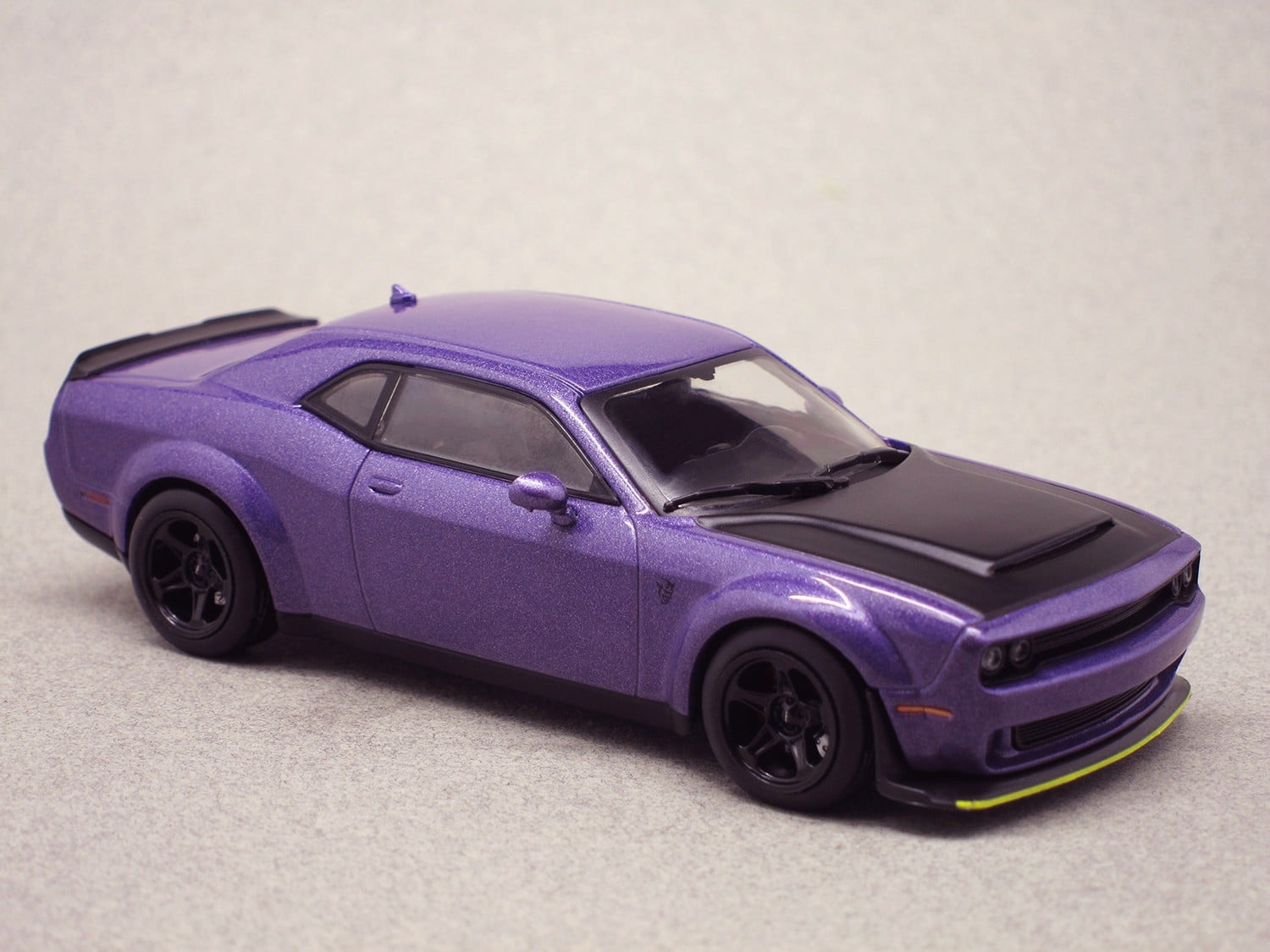
In stock
Dodge Challenger SRT Demon purple (Solido)
La Challenger de 2008 a repris le nom d'une "muscle car" de la fin des années 1960. Elle fait honneur à son ancêtre avec ses moteurs parfois très puissant. Et notamment sa version SRT Demon reproduite ici et fabriqué à 3 300 exemplaires entre avril 2017 et mai 2018 : son V8 libère de 808 à 840 ch ! Les ailes sont ici élargies et le siège passager et la banquette étaient optionnels.
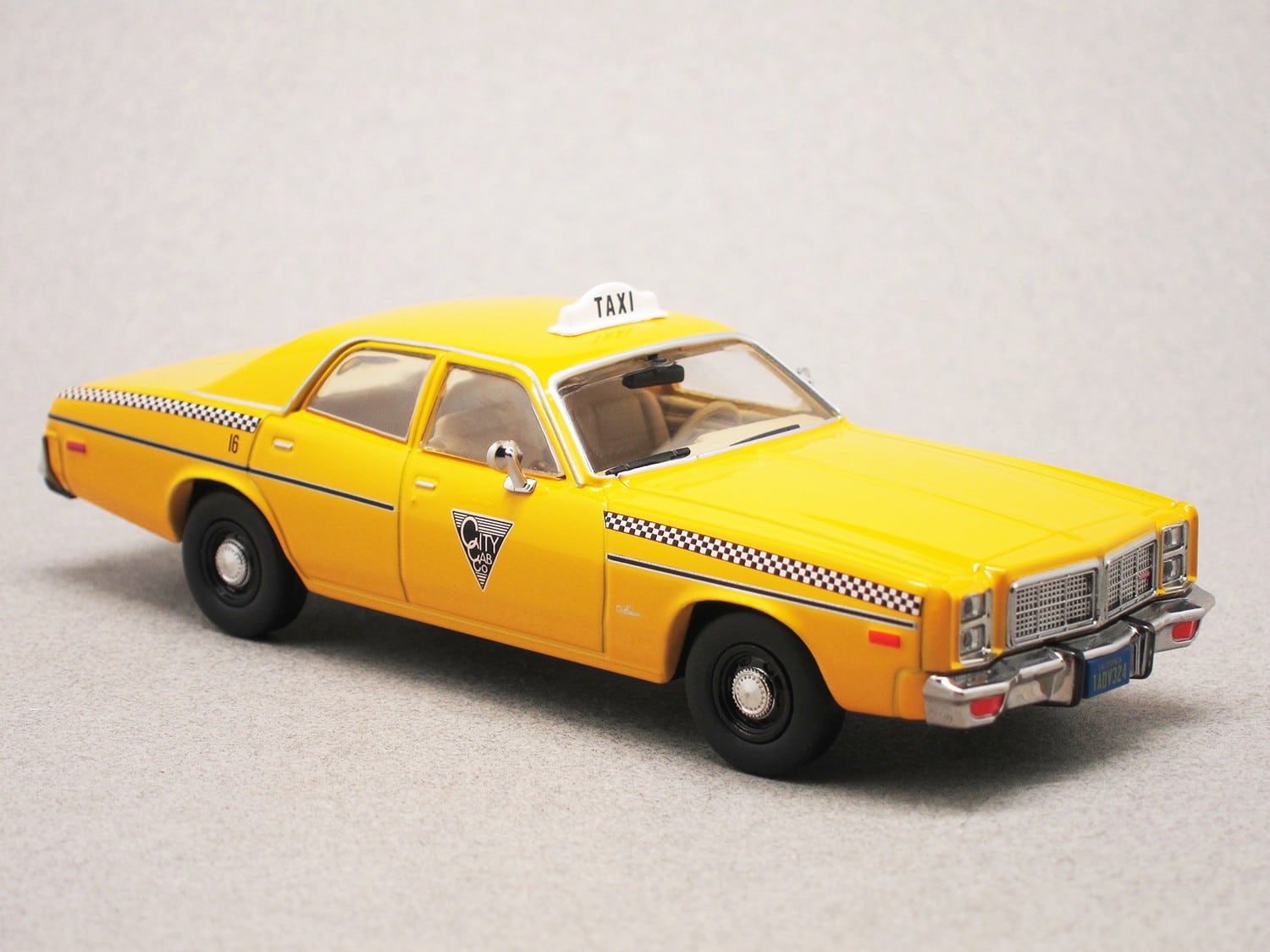
In stock
Dodge Monaco 1978 “Rocky 3” (Greenlight) 1:43
C’est sous cette forme revue en 1977 que la Monaco, dont le nom était utilisé depuis 1965, terminera sa carrière en 1978. Le groupe Chrysler connaît alors une grave crise et fait le ménage dans ses modèles. Née en coupé, la Monaco sera déclinée en berline et break dès 1966. Celle reproduite ici en taxi, figure dans le 3ème volet de la série Rocky (L’œil du tigre), sorti au cinéma en 1982.
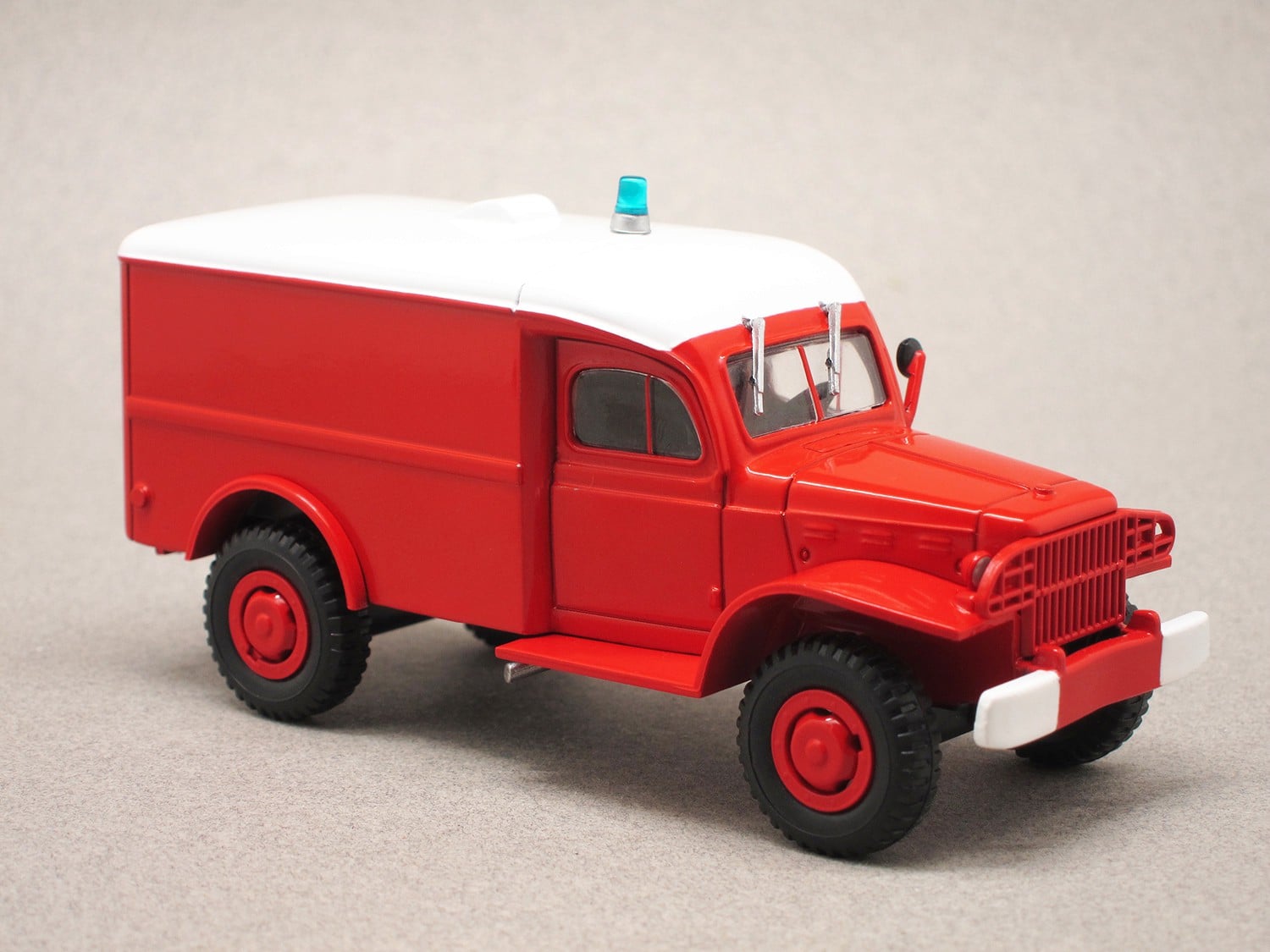
In stock
Dodge WC54 Fire rescue (Odéon) 1:43
A brand of the Chrysler Corporation, Dodge produced this WC 54 from 1942 to 1945. Used by the American army during the Second World War and by the Allied countries in particular as an ambulance, it was often reconditioned to extend its career for many years. This firefighting version, which comes with a sheet of decals, belongs to the fire brigade of the French city of Lunas (Hérault).
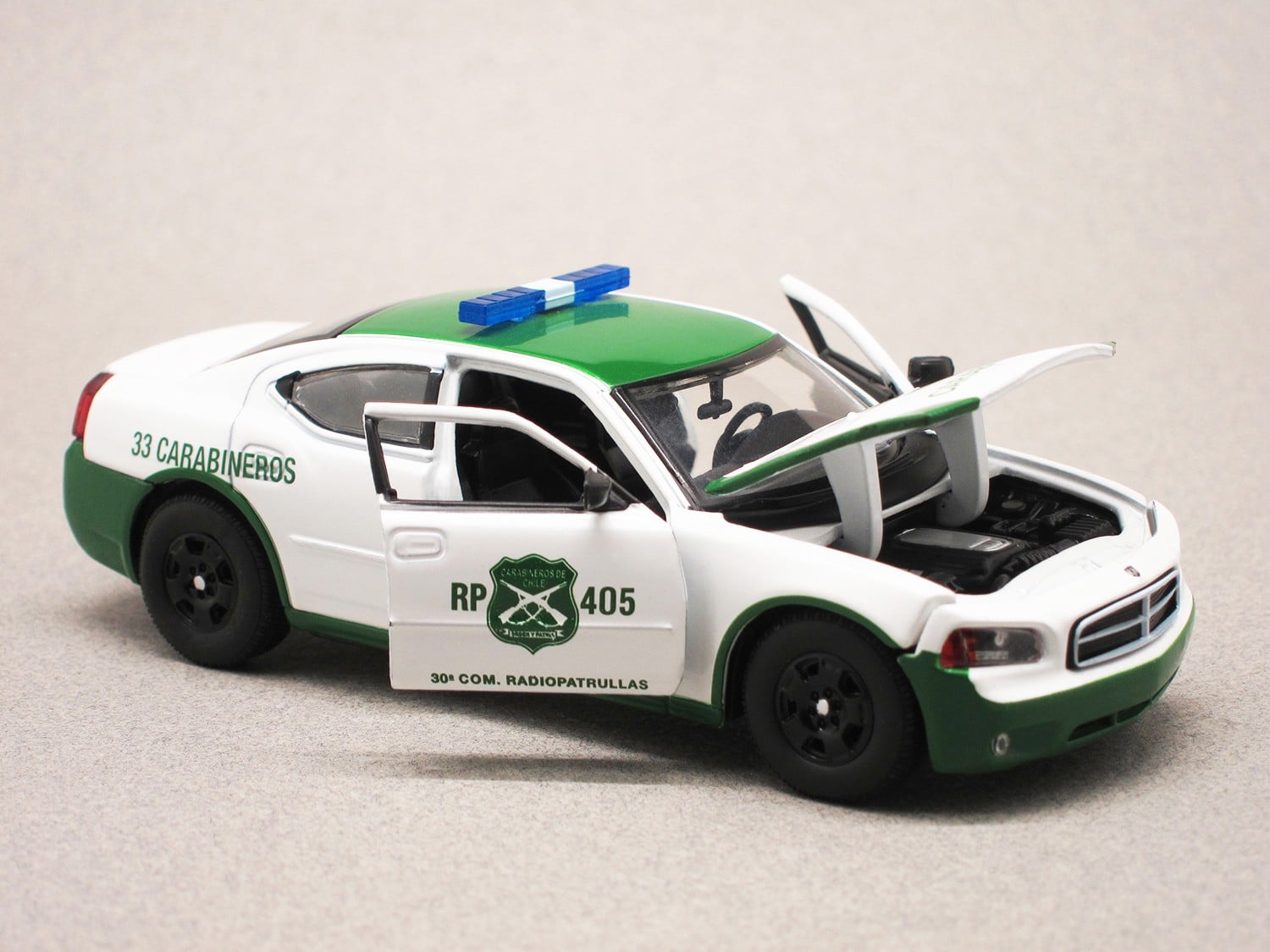
In stock
Dodge Charger Chilean police (Greenlight) 1:43
Several generations of Charger were produced between 1966 and 1987. All of them were coupes. This name has been used by Dodge since 2006, this time for a sedan. Here we have the first Charger of this second series. This model belongs to the Police of Chile (carabinieros de Chile).
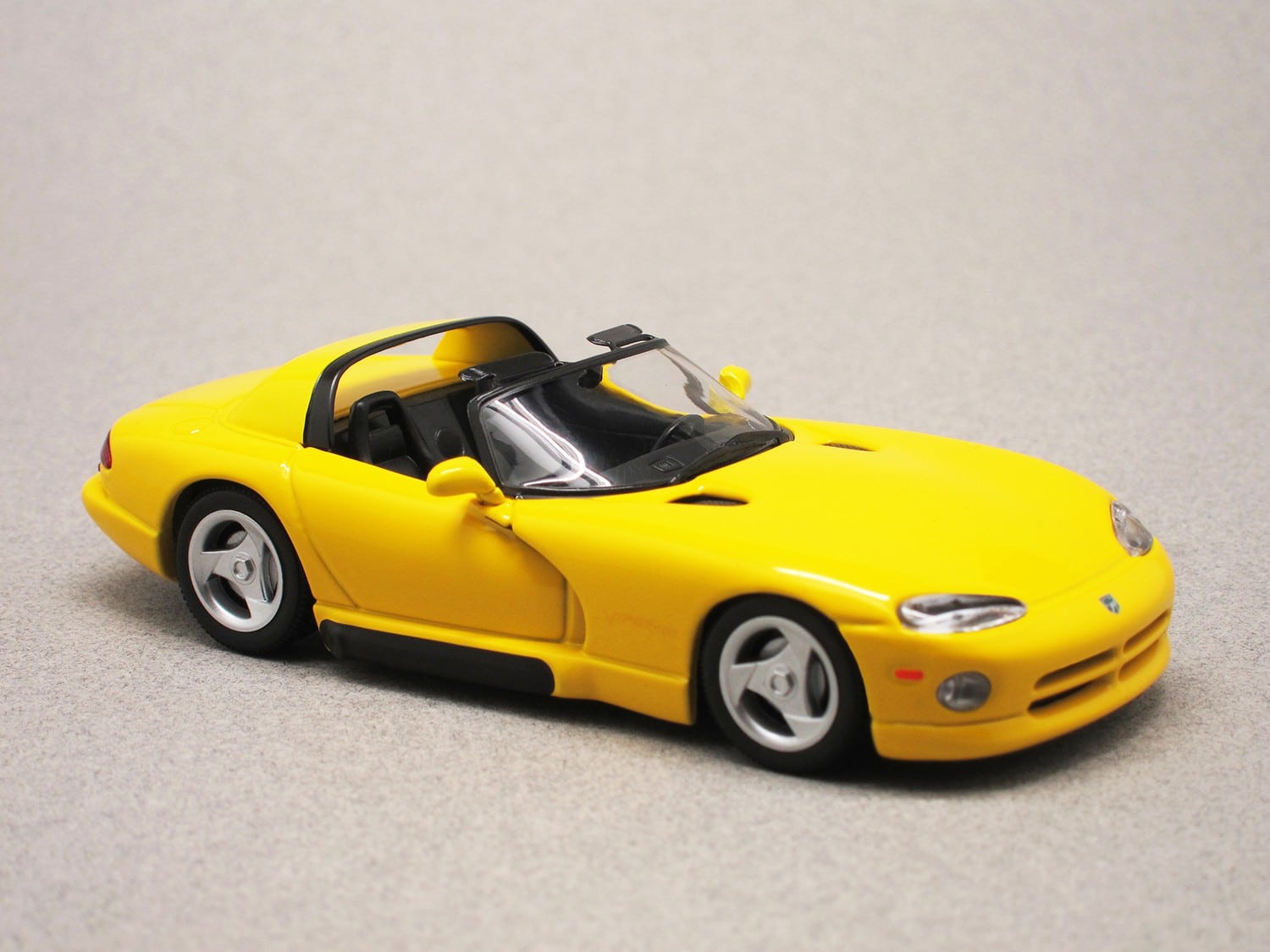
In stock
Dodge Viper yellow (Maxichamps) 1:43
Initially, the Viper was just a concept car. Under public pressure, Chrysler, Dodge’s owner, decided to form a team to develop this extraordinary sports car. Here we have the version of the 1992 Viper (sold by Chrysler label in Europe), equipped with an 8-litre V10 (400 hp). Its roof was replaced by a soft-top easy to remove when you drove fast.
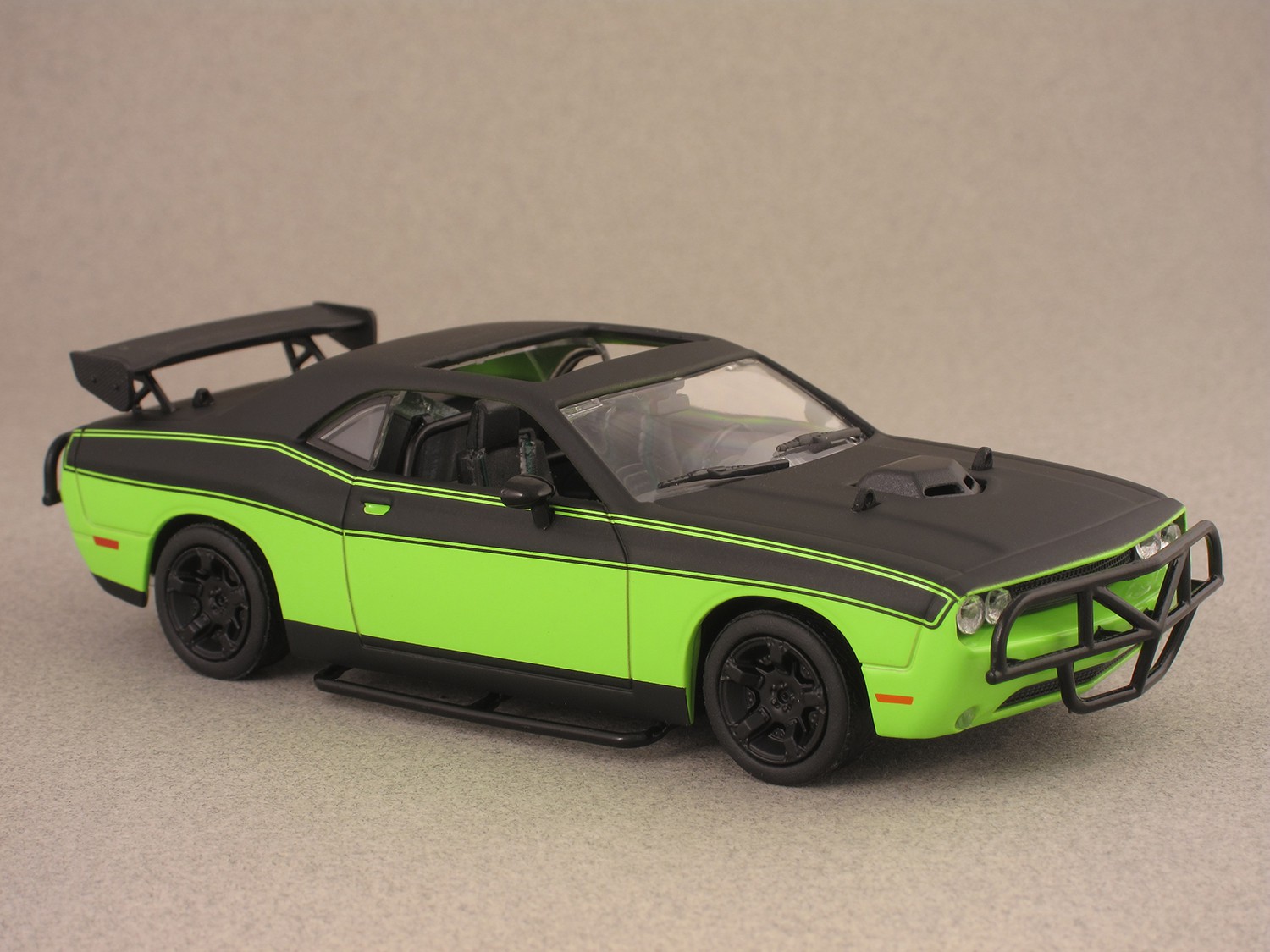
In stock
Dodge Challenger Furious 7 (Greenlight) 1:43
The Challenger launched in 2008 reused the name of a "muscle car" of the late 1960s, allowing Dodge to respond to the Ford Mustang and Chevrolet Camaro. Here, we have the SRT-8 version of the modern Challenger, released in 2014, equipped with a 6.4-litre V8. This same one that is featured in the seventh installment of the film series "Fast and Furious," released in 2015.
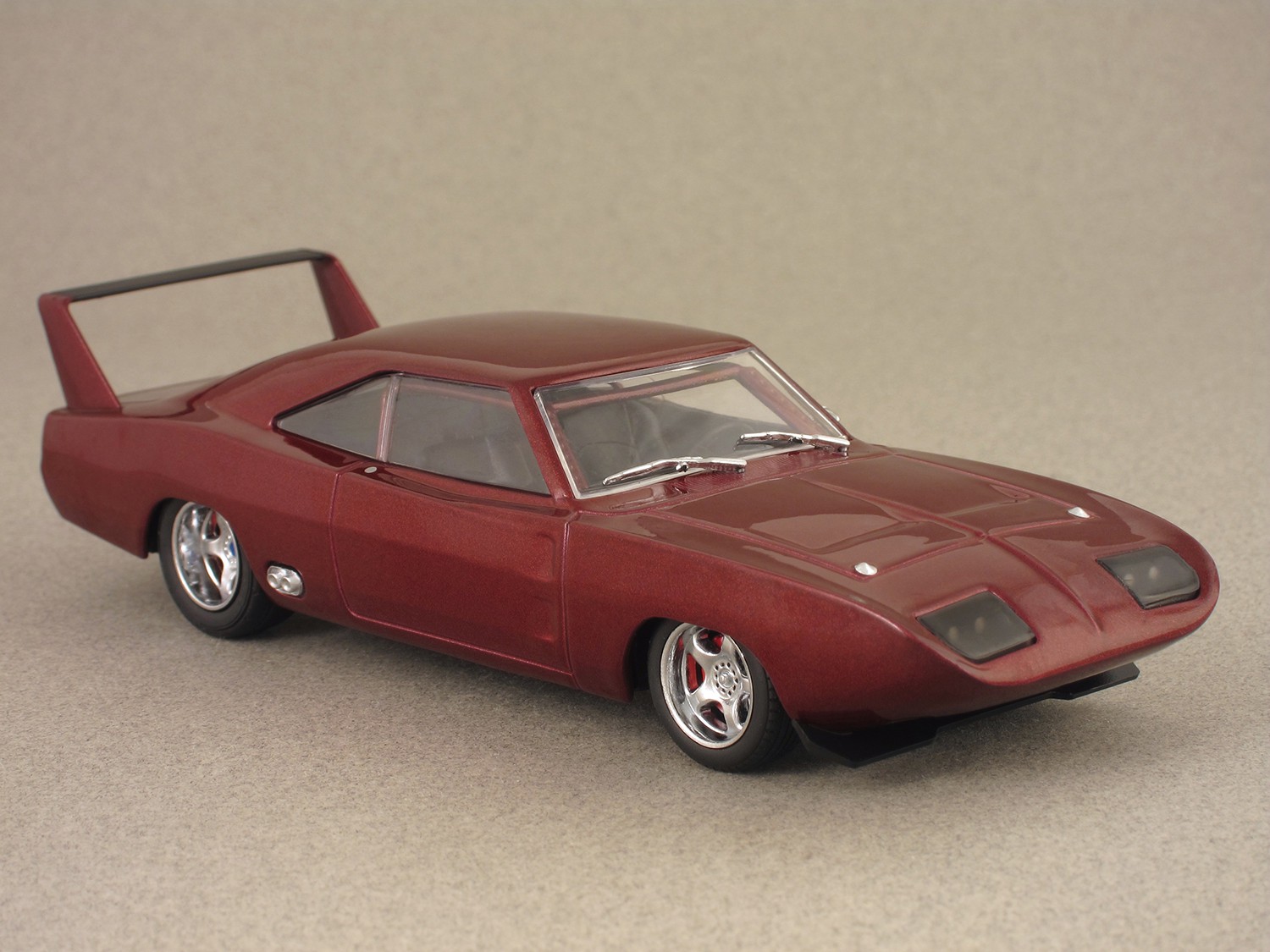
In stock
Dodge Charger Daytona Fast & Furious (Greenlight) 1:43
The 1966 Charger was redesigned for 1968. Based on this "second generation", the stunning Daytona, with its special sheet-metal “nose cone” and its giant spoiler, was only produced in 1969 and 1970. Developed for the purpose of taking part in Nascar races to counter Ford, this version also offered a road version. This one here can be seen in the movie "Fast & Furious 6" released in 2013.
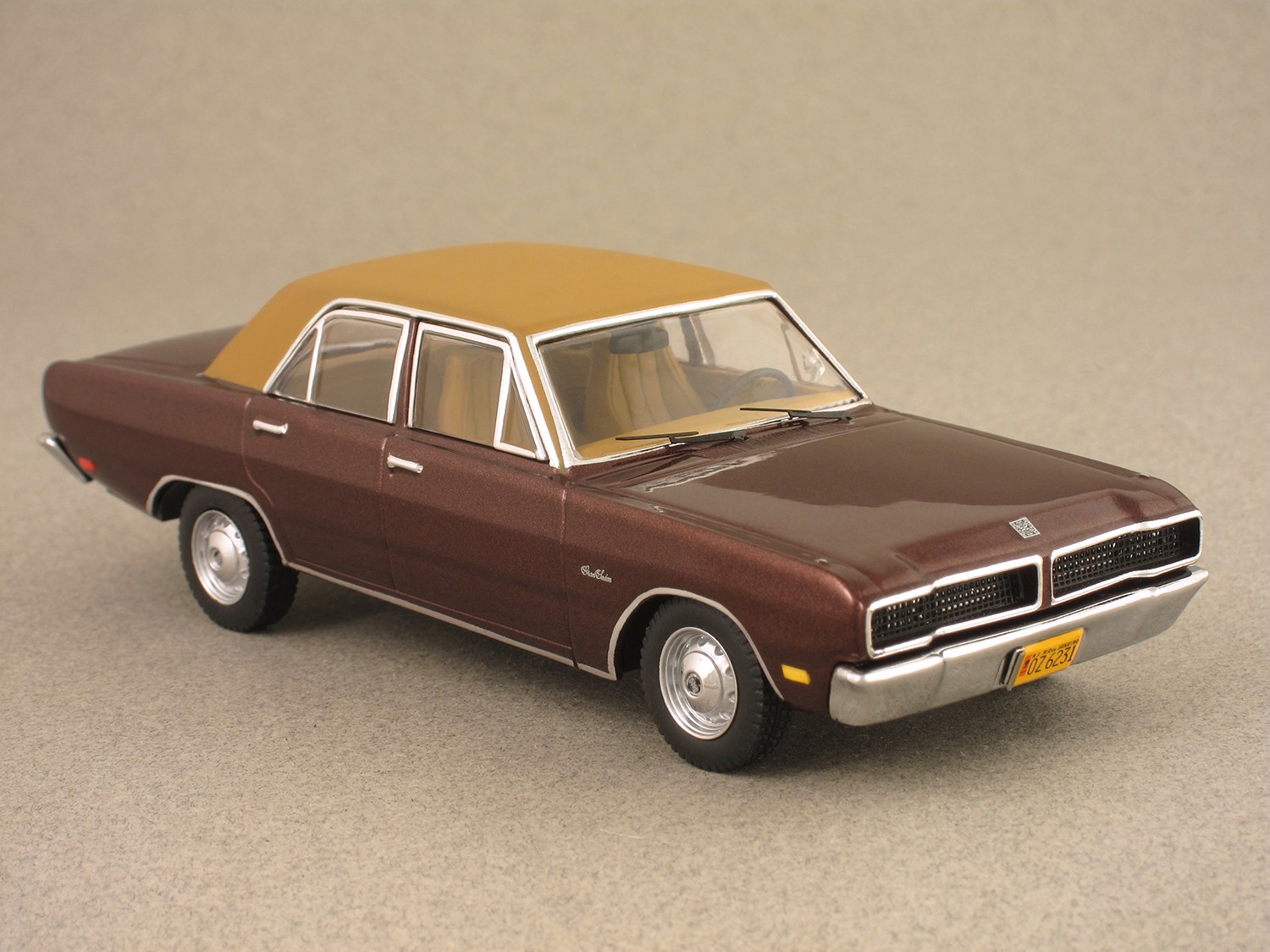
In stock
Dodge Dart brown (Premium X) 1:43
The Dart, whose name has been used again since 2012, was the low-priced Dodge in the 1960s and 1970s. However, this model received 6- and 8-cylinder engines. This fourth-generation Dart reproduced here was sold between 1967 and 1976. According to Premium X, this miniature car is a 1976 model year, but given the shape of the taillights, it would rather be a version of the late 1960s.
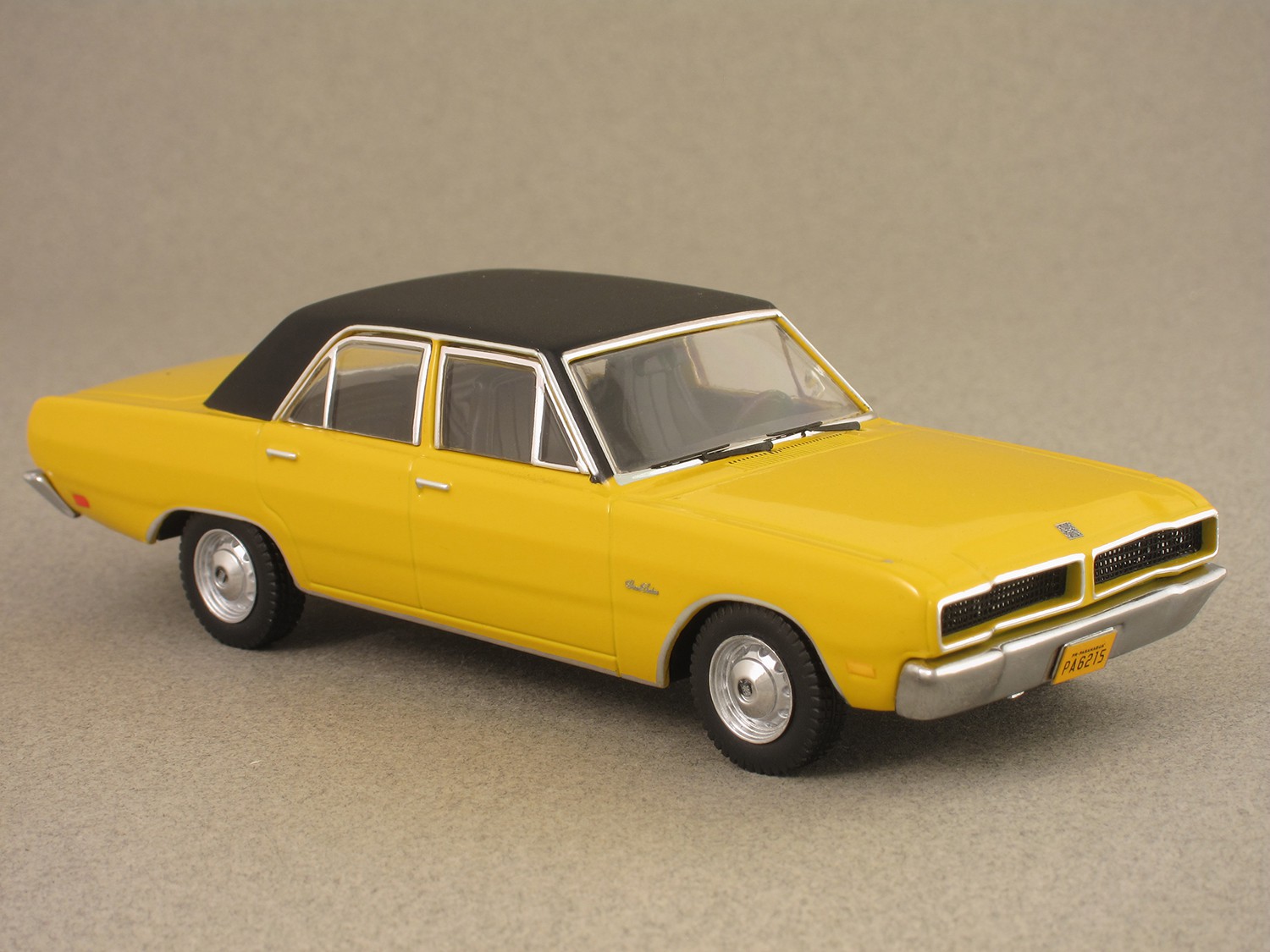
In stock
Dodge Dart yellow (Premium X) 1:43
The Dart, whose name has been used again since 2012, was the low-priced Dodge in the 1960s and 1970s. However, this model received 6- and 8-cylinder engines. This fourth-generation Dart reproduced here was sold between 1967 and 1976. According to Premium X, this miniature car is a 1976 model year, but given the shape of the taillights, it would rather be a version of the late 1960s.
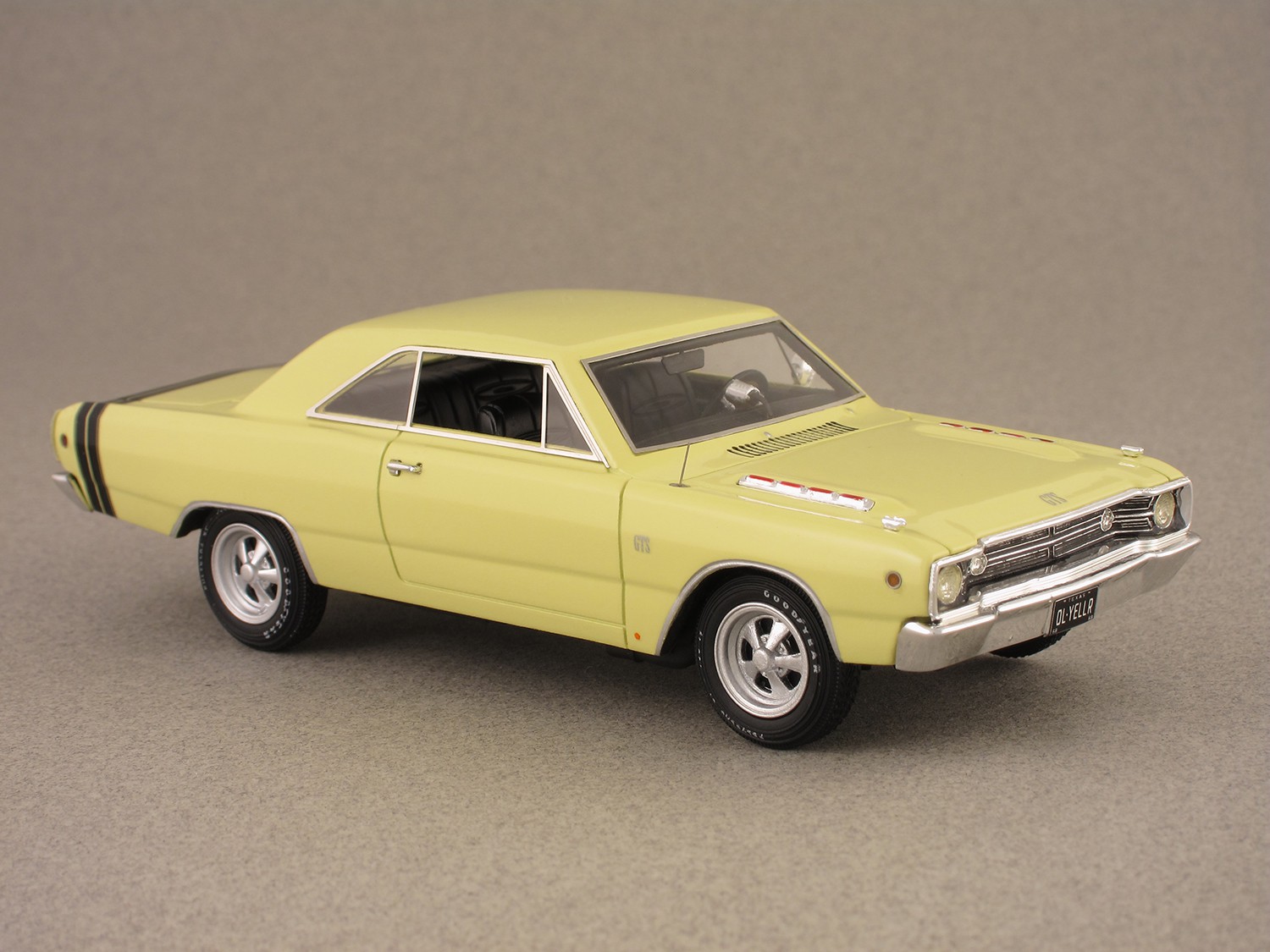
In stock
Dodge Dart GTS yellow 1968 (Highway 61) 1:43
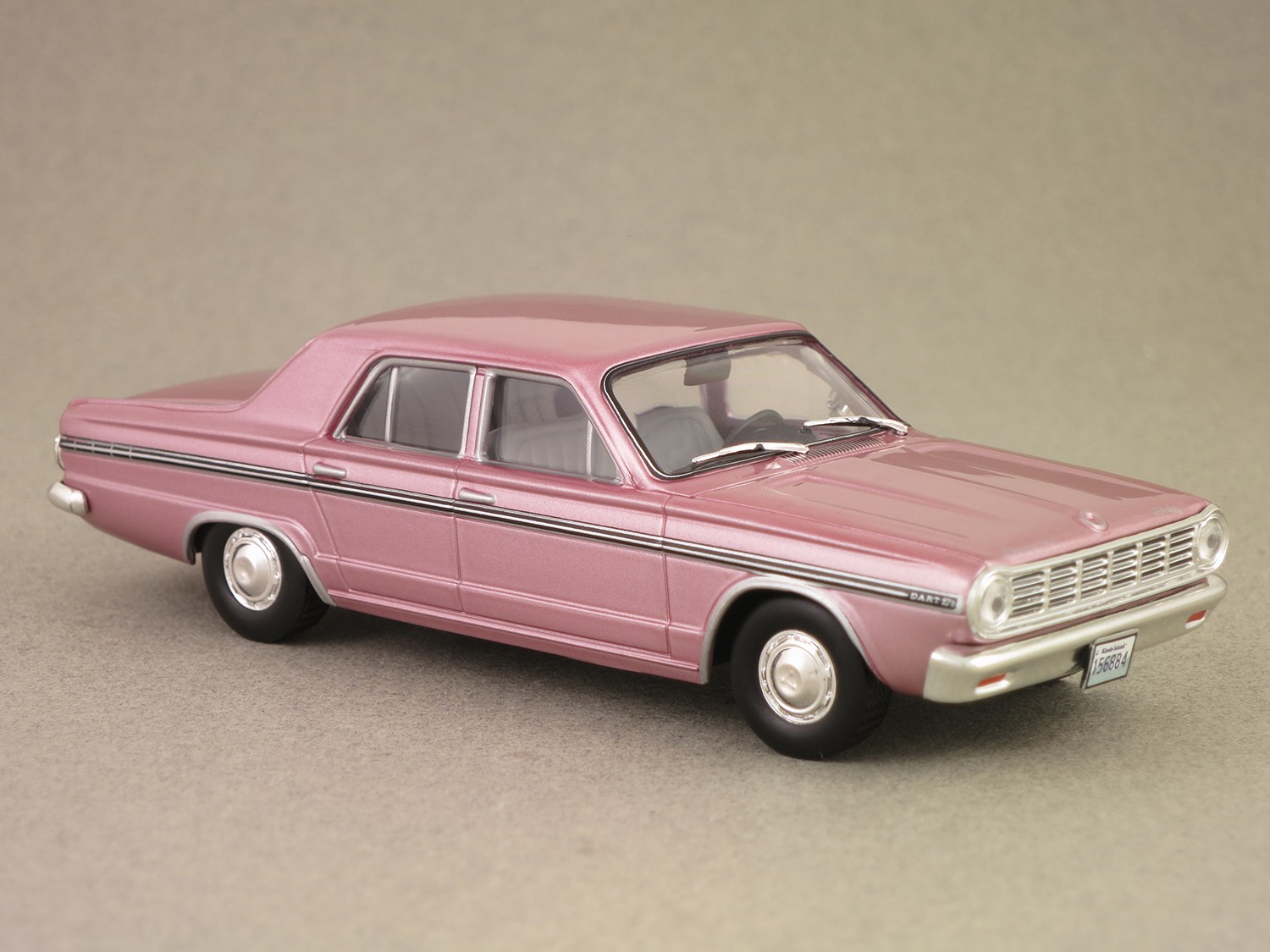
In stock
Dodge Dart 1966 (Whitebox) 1:43
This "small" Dodge of the 1960s, which was 4.98 m/196 in.-long "only", had a (confidential) career in Europe. Whitebox reproduced here the third generation, launched in 1963 (the first one was released in 1960!), after it was updated for the last time in 1966. The body is simpler than ever, like most of the U.S. production of the time.
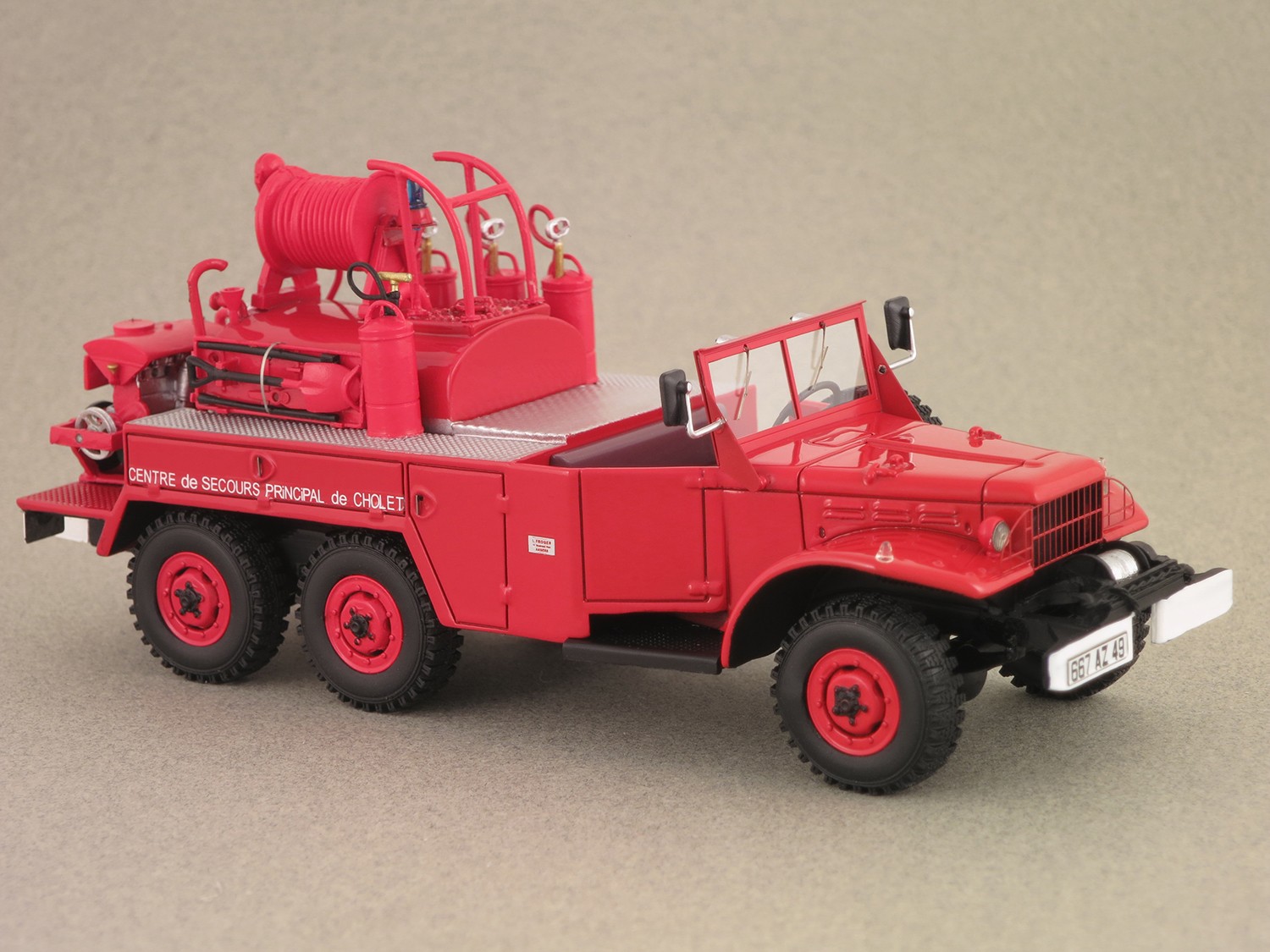
In stock
Dodge Froger French Apparatus (Alerte) 1:43
Many Dodge trucks could be seen in France during WWII. Most of them were military WC series produced from 1940 to 1945. These vehicles were often rebodied or adapted to other duties after the war, when they were other than ambulances or fire trucks at the beginning. In 1949, the fire department of the city of Cholet (west of France), acquired this Dodge, based on a 6-wheel drive WC63.

